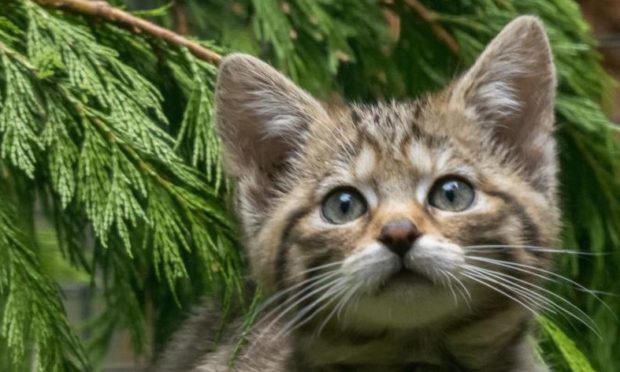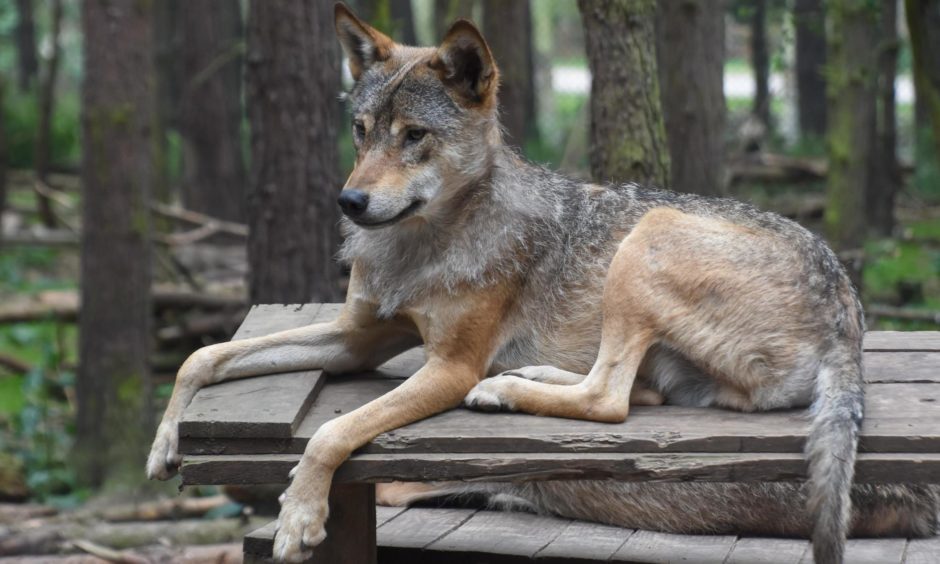Rare animals at the Highland Wildlife Park are helping conservation research and efforts to protect endangered species around the world.
The Royal Zoological Society of Scotland (RZSS), which runs the park and Edinburgh Zoo, is working with National Museums Scotland to help develop the UK’s first national zoological biobank.
Biobanks are collections of biological material, such as tissue, blood, serum and DNA from species whose numbers are under threat.
Scientists use the samples of a range of species, including those that are rare, endangered and extinct-in-the-wild, to help ensure their future survival.
The RZSS will provide a new level of sample storage and access with the establishment of ultra-low temperature freezers, laboratory space and an online searchable database which will be made available to researchers around the world.
The effort is all part of the CryoArks Biobank initiative, funded by a £1 million grant from the Biotechnology and Biological Sciences Research Council (BBSRC).
The project also involves the Natural History Museum and the universities of Cardiff, Edinburgh and Nottingham.
RZSS is also one of four hubs, alongside others in Denmark, Belgium and Germany, to form part of the European Association of Zoos and Aquaria (EAZA) biobank.
This hosts genetic resources from animals held in EAZA institutions across Europe and the Middle East.
The Highland Wildlife Park’s contribution includes specimens from rare animals such as the wildcat, wolves, capercaillie and pine hoverfly.
The RZSS WildGenes Biobank has capacity for storing more than 50,000 samples at -80°C.
They are made available to the wider research and conservation community.
Dr Helen Senn, RZSS’s head of conservation and science programmes, said: “Well managed sample collections are critical research tools which can be used to improve conservation outcomes for many threatened species.
“We work with many species of conservation concern, both for Scotland and globally, at Highland Wildlife Park, such as the wildcat, wolves, capercaillie and pine hoverfly.
“Samples from these animals held at the park, and many more, are being biobanked to assist with conservation research.”
Dr Andrew Kitchener, principal curator of vertebrates at National Museums Scotland, added: “We have a responsibility to future generations to ethically collect these biological samples, store them in appropriate conditions and make them available for research.”

